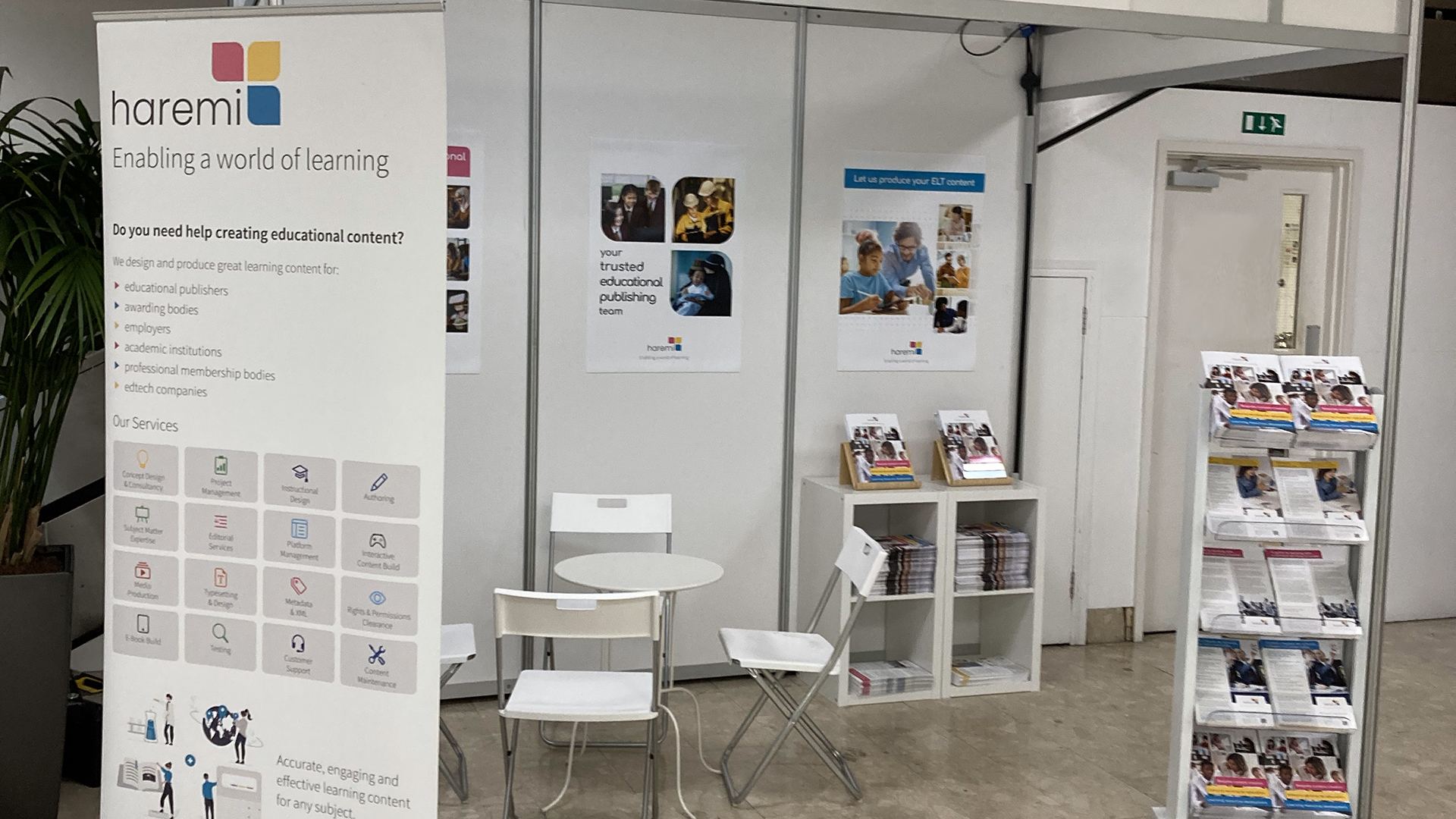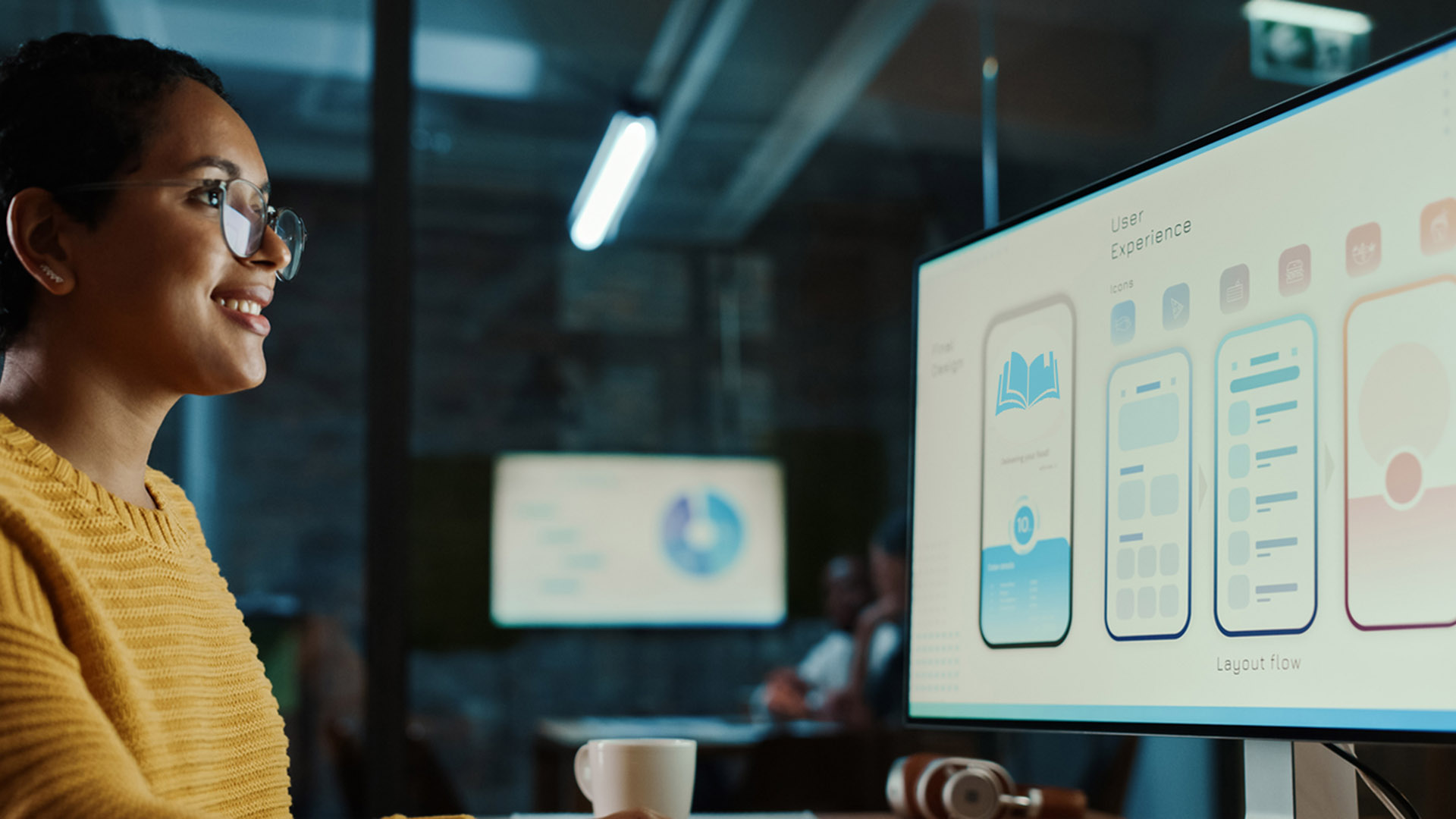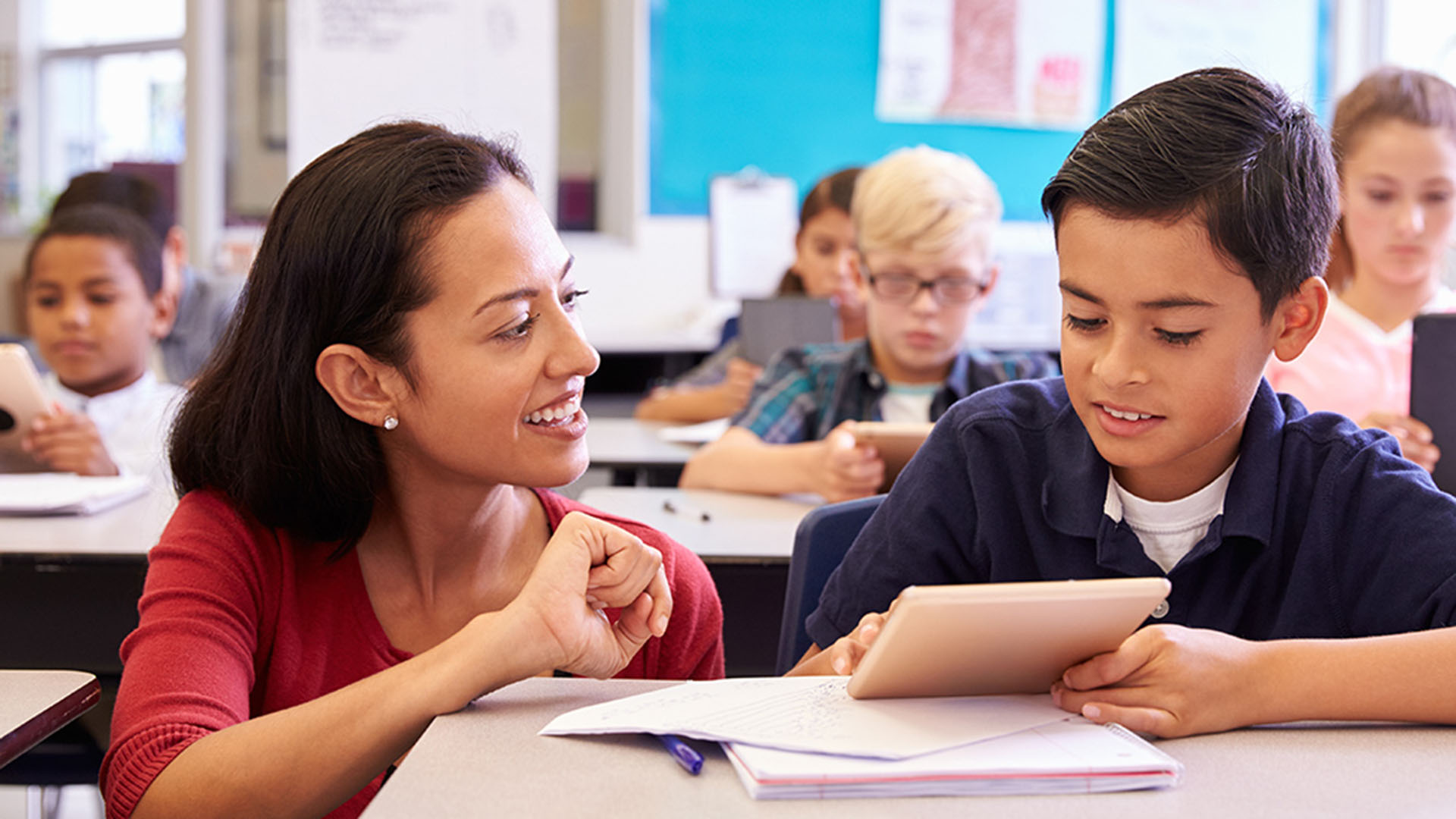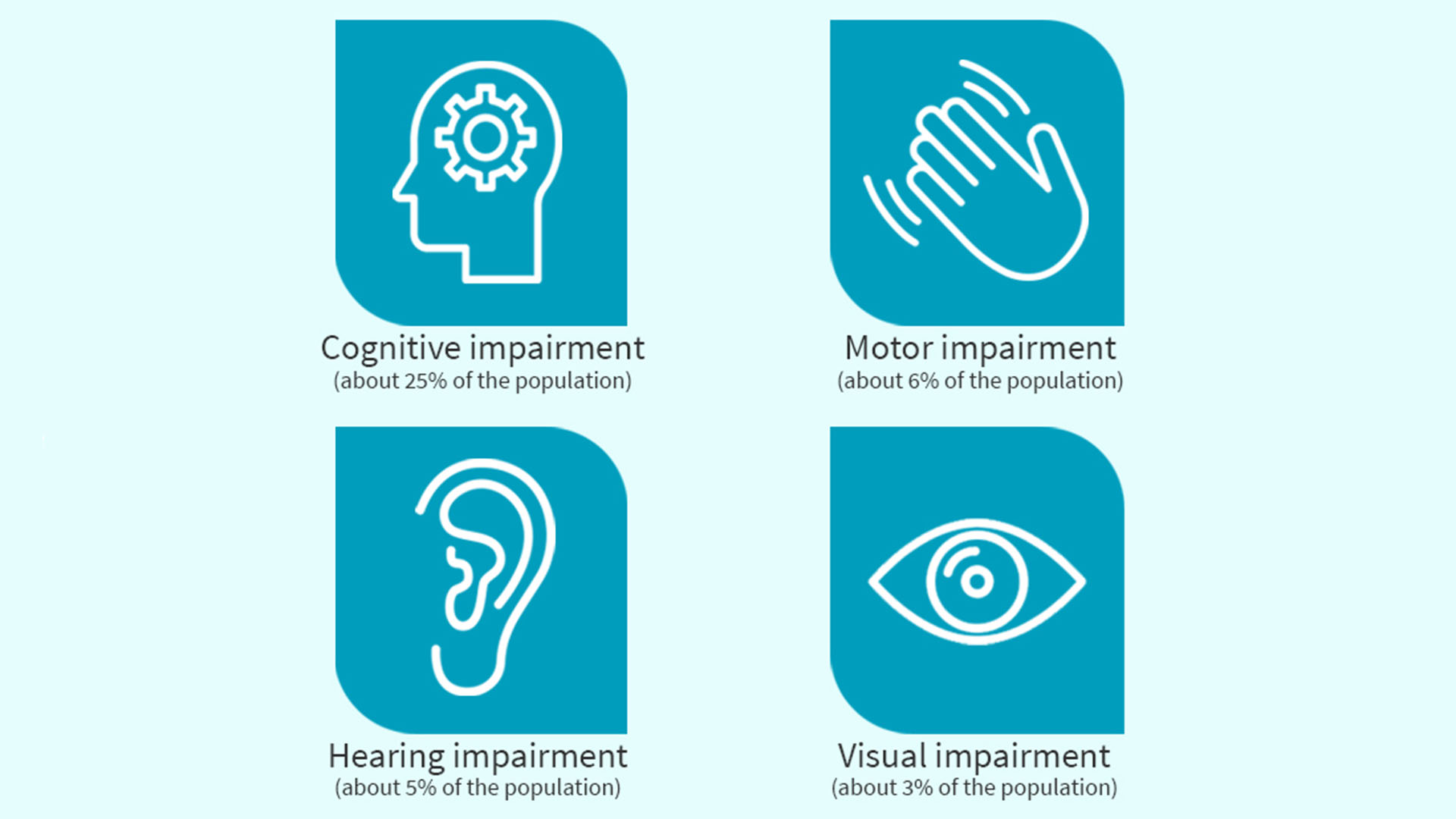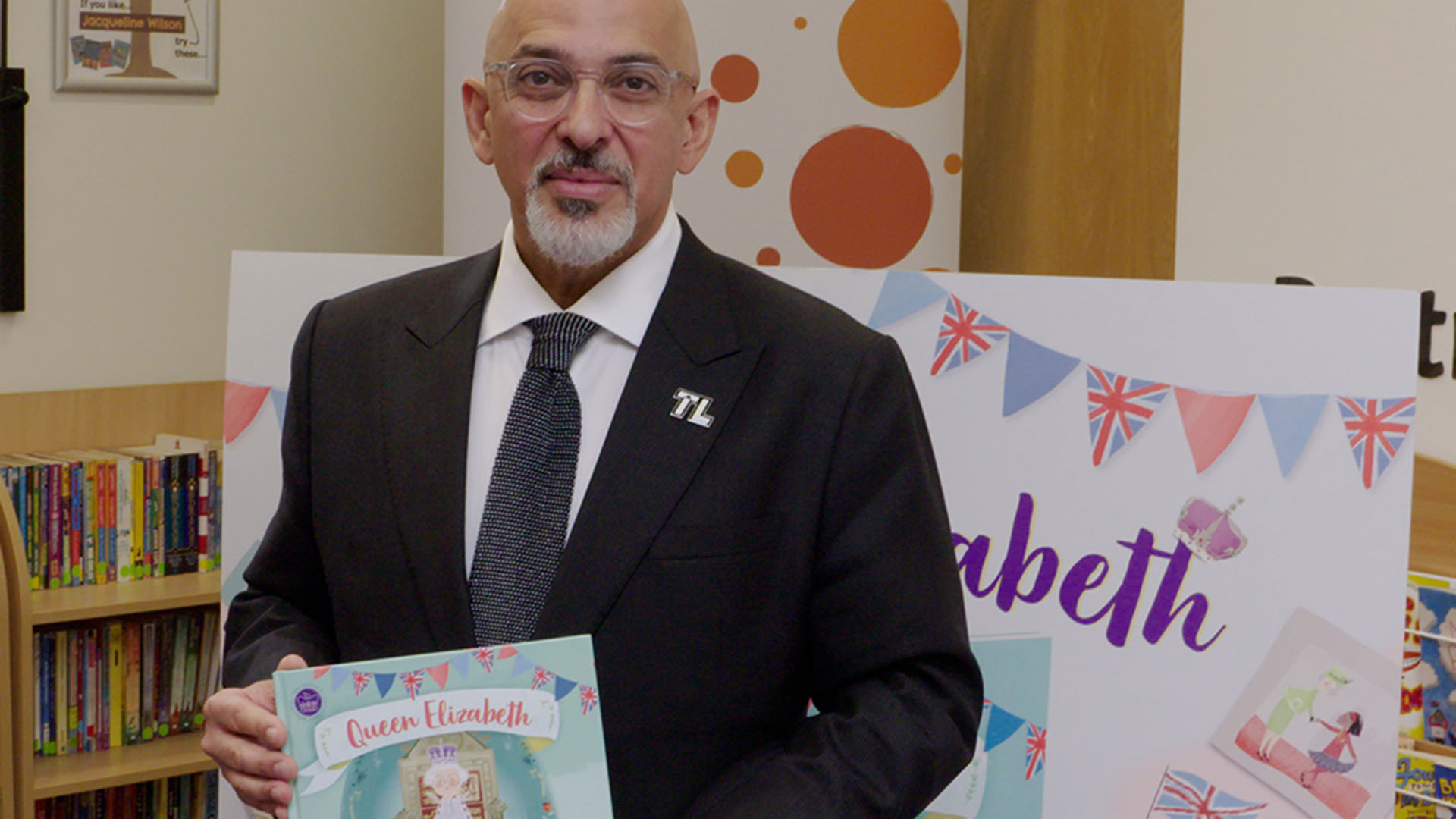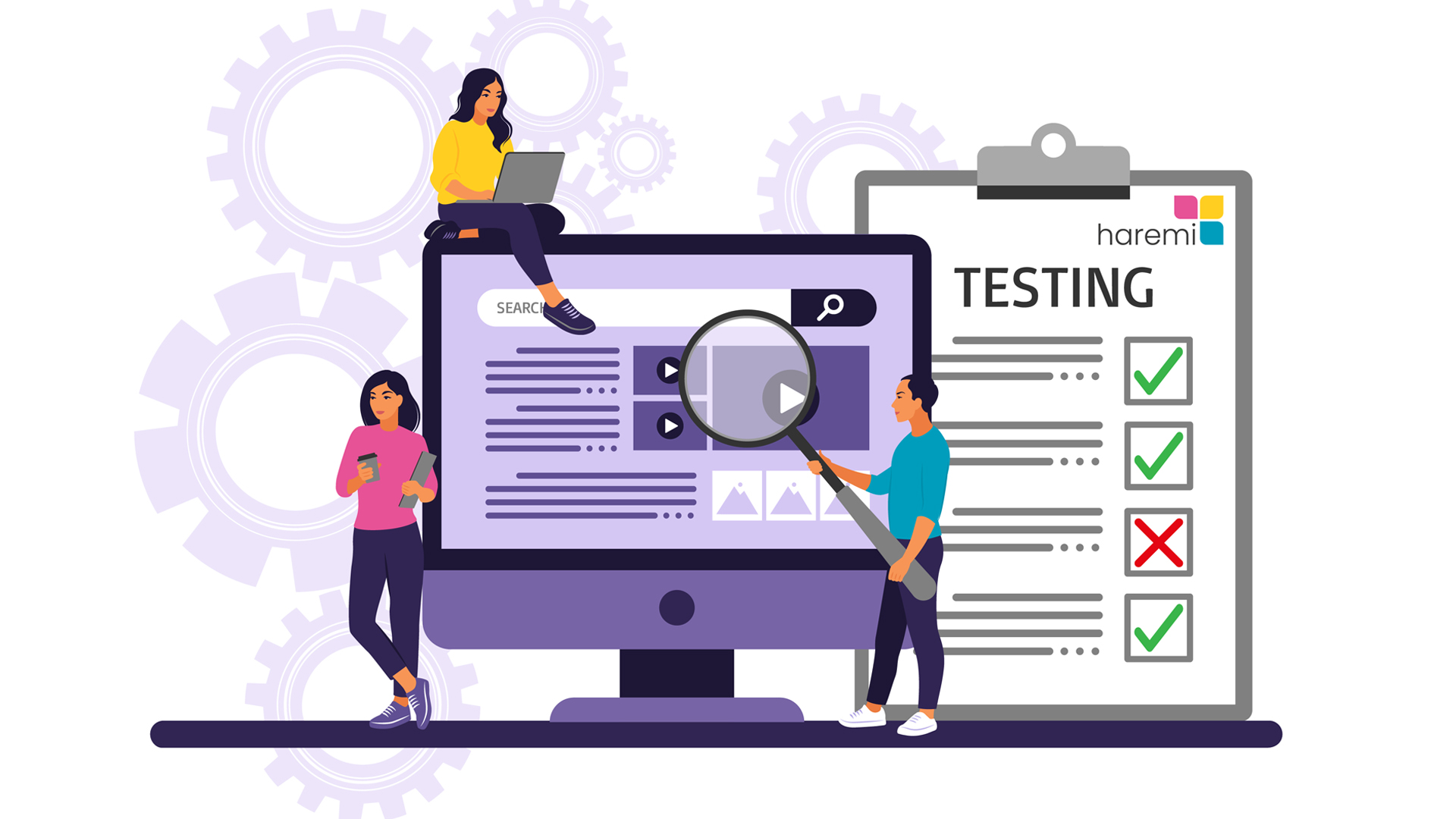
Educational product testing best practice
Product testing is a critical phase in the development cycle of any tool or resource aimed at enhancing the learning experience. When developing new digital resources, it's important to make sure they deliver not only the required learning outcomes but also offer a positive impact and experience for their end users. In this article we explain why testing is crucial and outline some best practice measures to ensure learning providers are able to go to market with products that work in the real world.
Why is testing important?
The primary goal of any educational tool is to facilitate learning. To that end, testing allows us to measure the effectiveness of products in real educational settings. This is vital in maintaining the trust of teachers and learners, as the educational impact of a product is directly linked to its success.
Similarly, a product might be pedagogically sound but if it's not user-friendly, it might not be used to its full potential. Testing helps identify usability issues that can hinder the learning process or frustrate users. This includes navigation difficulties, confusing instructions, or any other obstacles that could disrupt the user experience. For example, to address this, Haremi's UX testing evaluates the ease of navigation, clarity of instructions, and overall user experience within an educational resource.
Digital products are frequently required to integrate with other platforms and technologies. This means that we're often asked to test for compatibility and adherence to technical standards, making sure that resources can function seamlessly within an existing learning environment.
Accessibility testing is a crucial aspect of educational resource development, ensuring that all learners, including those with cognitive, hearing, visual, physical or motor impairment disabilities, can access and benefit from educational products. Testing for accessibility identifies barriers to learning and helps resources to be more inclusive.
Educational product testing best practice
Over the past 15 years, Haremi has conducted many compatibility, content and functional testing projects, driven by our understanding of how teachers and learners interact with educational products and services. Here are some of the best practice principles we follow when testing digital products for our customers.
1. Develop a comprehensive testing strategy
As a starting point, we recommend creating a detailed testing strategy that outlines the goals, methods, and metrics for assessing the product. This strategy should include both quantitative and qualitative testing methods to gather a broad range of insights about a product's effectiveness, usability, accessibility, and technical performance.
2. Involve stakeholders early and often
The effectiveness of educational content depends on how well it engages users. Our own testing assesses whether the content is interesting, appropriate, and able to maintain the user's attention. We engage with teachers, students, administrators, and other stakeholders early in the testing process. Their feedback is invaluable in understanding how a product functions in real-world educational settings and can lead to additional improvements that enhance a product's value.
3. Use a range of different testing environments
We always suggest testing a product in a variety of environments, including controlled settings where specific variables can be isolated, and naturalistic settings that mimic real-world use cases. This mixed-method approach provides a well-rounded view of how the product performs under different circumstances. Haremi's testing suite includes a wide array of old and new test devices including desktop computers, laptops, tablets and phones, allowing us to test across a range of hardware and software permutations to uncover issues that may affect certain users.
4. Keep learning outcomes front and centre
A good testing programme assesses how educational content effectively conveys knowledge and if it leads to the desired learning outcomes. Haremi's content testing processes often start by verifying that the material aligns with learning objectives, ensuring it covers the necessary topics and is presented in a clear and organised manner. Longer term, the use of post-learning assessments or quizzes can help test a product's effectiveness by measuring knowledge retention.
5. Prioritise accessibility testing
Accessibility testing is a core component of the development process for a digital learning product. Educational content should be accessible to all users, including those with disabilities. Factors such as screen reader compatibility, keyboard navigation, text alternatives and colour contrast, all need to be tested to comply with accessibility guidelines and laws. We use both automated tools and human evaluators to assess how accessible a product is.
6. Include content and media testing
Educational products often include various multimedia elements, such as videos, images, and interactive components. Our media tests check if these elements enhance the learning experience or if they could be improved. We consider the target audience's age, educational level, and cultural background to ensure that the content is appropriate and relevant to them.
7. Implement iterative testing
Educational product testing shouldn't be a one-off task. Our testing processes usually implement a cycle of testing, feedback, and revision to continually refine the product. This iterative approach helps identify and resolve issues during the early stages, often reducing the time and effort required for later fixes. For some customers, we review and enhance products on an annual basis.
8. Plan for scalability testing
Ensure that your product can handle the expected load of users and interactions. Scalability testing is crucial for educational products, especially those aimed at large institutions, ensuring that performance remains stable as the user base grows.
If you'd like to find out more about Haremi's testing processes for digital learning products contact us. We're available to take on new educational product testing projects and will be happy to discuss your requirements.












